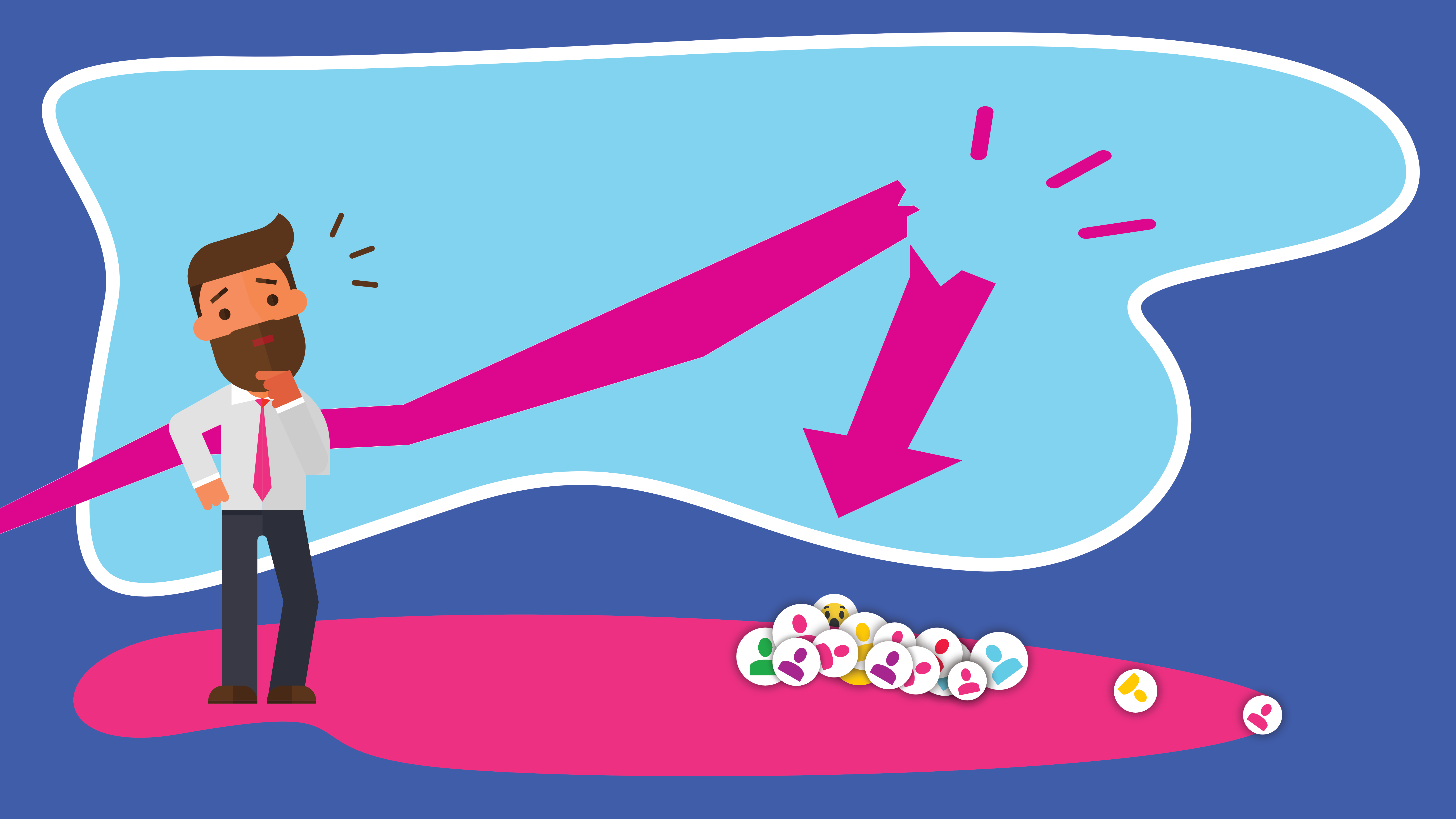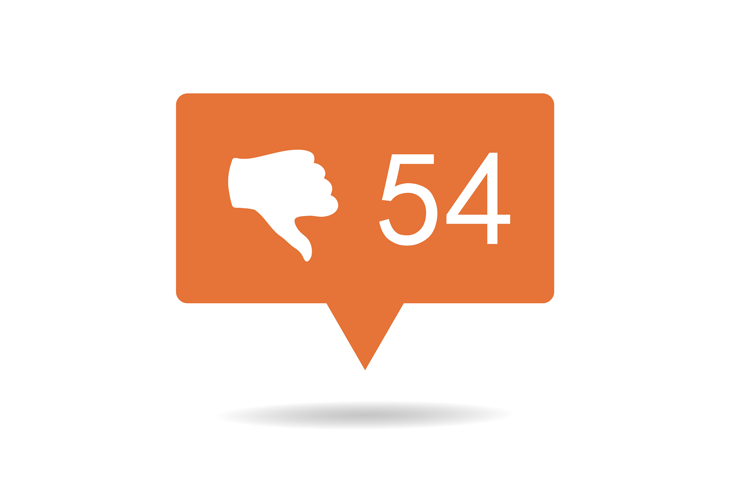Publishing content on social media is a dynamic process. Even the most experienced content creators occasionally post something that doesn’t resonate with their audience. When a publication receives negative feedback or leads to a drop in followers, it can feel disheartening. However, it’s important to remember that losing followers doesn’t have to be a permanent setback. With strategic efforts, you can recover lost followers and rebuild your online presence stronger than ever. Here’s a comprehensive guide to help you navigate this situation and turn a misstep into an opportunity for growth.

Understanding the Impact of a Bad Publication
Before diving into recovery strategies, it’s crucial to understand what went wrong. By analyzing the issue thoroughly, you’ll be better equipped to avoid similar mistakes in the future. Ask yourself the following questions:
- What feedback did the post receive? Were there recurring comments pointing out specific concerns?
- Was the content misaligned with your brand values? Did it inadvertently contradict your usual messaging?
- Did timing play a role? Sometimes, external factors like current events can influence how a post is perceived.
Taking the time to reflect on these points can provide valuable insights and set the foundation for your recovery plan.
Common Reasons for Negative Reactions
| Reason | Impact | Example |
|---|---|---|
| Misinterpreted humor | Offends a segment of your audience | A joke that’s deemed inappropriate |
| Controversial opinions | Divides or alienates followers | Political or polarizing statements |
| Lack of inclusivity | Leaves people feeling excluded | Gender-biased language or imagery |
| Poor timing | Comes across as tone-deaf | Posting during a sensitive event |
| Low-quality content | Reduces perceived professionalism | Blurry images or irrelevant captions |
Step 1: Own the Mistake
Authenticity and accountability go a long way in social media. If your publication caused unintended harm or was poorly received, address it directly. Followers appreciate transparency and honesty.
How to Apologize Effectively
- Acknowledge the mistake: Start by explaining what went wrong.
- Example: “We understand that our recent post did not meet the expectations of our community.”
- Show empathy: Recognize the impact it had on your followers.
- Example: “We apologize for any hurt or discomfort it caused.”
- State your intention: Reassure your audience that you are taking steps to improve.
- Example: “We are committed to learning from this and doing better in the future.”
Step 2: Evaluate and Reassess Your Content Strategy
Once you’ve addressed the immediate fallout, it’s time to evaluate your overall content approach. This ensures that future publications align with your audience’s preferences and expectations.
Perform a Content Audit
A content audit involves reviewing past posts to identify patterns of success and areas for improvement. Consider:
| Metric | Key Question to Ask |
| Engagement rate | Which types of posts receive the most likes and comments? |
| Audience demographics | Does your content resonate with your core audience? |
| Posting frequency | Are you overwhelming followers with too many posts? |
By analyzing these metrics, you can refine your strategy and minimize the chances of future missteps.
Step 3: Engage with Your Audience
One of the most effective ways to recover followers is by rebuilding trust and fostering stronger connections with your community.
Ways to Reconnect
- Start a conversation: Post a poll or question to encourage interaction.
- Example: “What type of content do you enjoy seeing from us?”
- Respond to comments and messages: Show your followers that you value their feedback.
- Show behind-the-scenes content: Transparency can humanize your brand and rebuild trust.
Example Table: Engagement Tactics
| Tactic | Description | Benefit |
| Polls and surveys | Ask for input on future content | Shows followers that their opinions matter |
| Giveaways or contests | Reward engagement with prizes | Encourages participation and sharing |
| Personalized responses | Address followers by name in replies | Builds personal connections |
Step 4: Introduce High-Value Content
To regain lost followers, focus on creating content that provides clear value. This could include educational posts, inspirational stories, or actionable tips related to your niche.
High-Value Content Ideas
- Tutorials: Create step-by-step guides to help your audience solve a problem.
- Infographics: Visualize complex information in an easy-to-digest format.
- Live Q&A Sessions: Address questions directly and interact with your followers in real-time.
- Content series: Develop a recurring theme, like “Motivational Mondays” or “Tech Tip Thursdays.”

Step 5: Leverage Analytics for Insightful Adjustments
Analytics tools are indispensable when recovering followers after a bad publication. They can reveal what content works, what doesn’t, and how your audience behaves.
Key Metrics to Monitor
- Follower growth rate: Tracks how many followers you gain or lose over a specific period.
- Engagement rate: Measures likes, comments, shares, and other interactions.
- Reach and impressions: Indicates how far your content travels and how often it’s viewed.
Utilizing these insights helps you make data-driven decisions to fine-tune your content strategy.
Pro Tip: Use tools like GGyess to consolidate analytics from multiple platforms, ensuring a seamless and efficient process.
Step 6: Collaborate with Influencers or Partners
A collaboration can amplify your reach and help rebuild your audience. Partnering with influencers or complementary brands can reintroduce you to your target demographic.
Tips for Effective Collaborations
- Choose relevant partners: Look for influencers or brands that align with your niche and values.
- Plan joint campaigns: Co-create content that benefits both parties, such as giveaways or guest posts.
- Showcase authenticity: Ensure that your collaboration feels genuine to resonate with your audience.

Step 7: Double Down on Community Building
Rebuilding your follower base isn’t just about content—it’s about fostering a loyal and engaged community. Make your followers feel valued and involved in your journey.
Tactics for Community Building
- Host virtual events: Live streams, webinars, or virtual meetups can help you connect on a deeper level.
- Create a feedback loop: Regularly solicit opinions and suggestions from your followers.
- Highlight your followers: Feature user-generated content, shoutouts, or testimonials.
Incorporate Inclusive Practices
Ensure that your content and interactions are welcoming to diverse audiences. Inclusivity not only broadens your reach but also fosters a positive and supportive online environment.

Step 8: Plan for the Long Term
Recovery is a gradual process, so set realistic goals and benchmarks. Regularly evaluate your progress and adjust your strategy as needed.
Create a Recovery Roadmap
- Short-term goals: Apologize, address concerns, and stabilize follower loss.
- Medium-term goals: Re-engage your audience and launch high-value content campaigns.
- Long-term goals: Strengthen your brand’s reputation and build a more resilient follower base.
Use Milestones to Celebrate Progress
Track key achievements, such as regaining a specific number of followers or increasing engagement rates. Celebrating these wins can keep you motivated and help your audience see your dedication.
Final Words of Encouragement
Every content creator faces setbacks at some point, but what sets successful individuals apart is their ability to learn and adapt. By implementing the strategies outlined in this guide, you can turn a challenging situation into an opportunity for growth. Embrace the journey, stay consistent, and watch your follower base not only recover but thrive.
Remember, setbacks are temporary. Your commitment to delivering value and fostering authentic connections will pave the way for sustained success.



